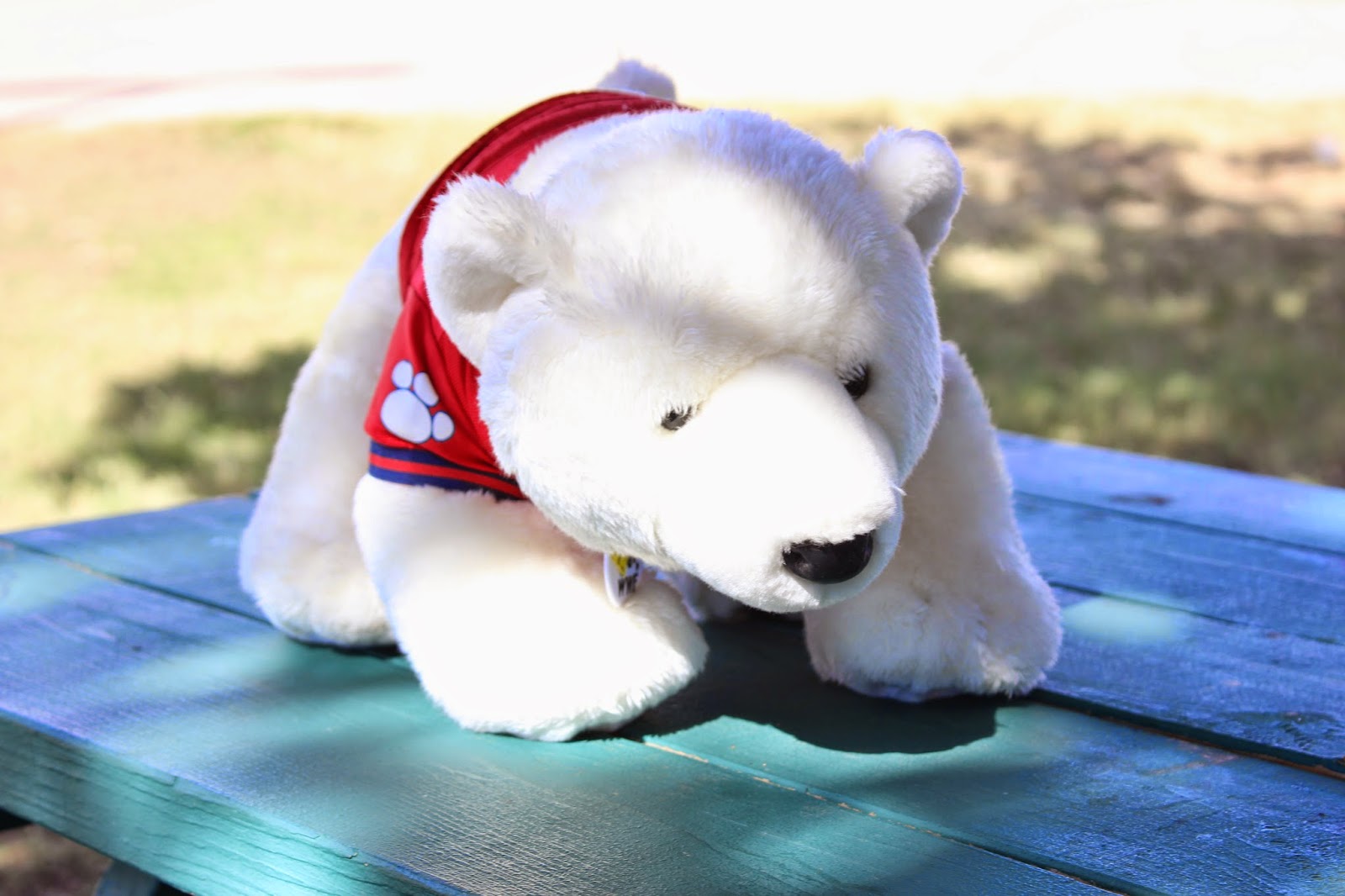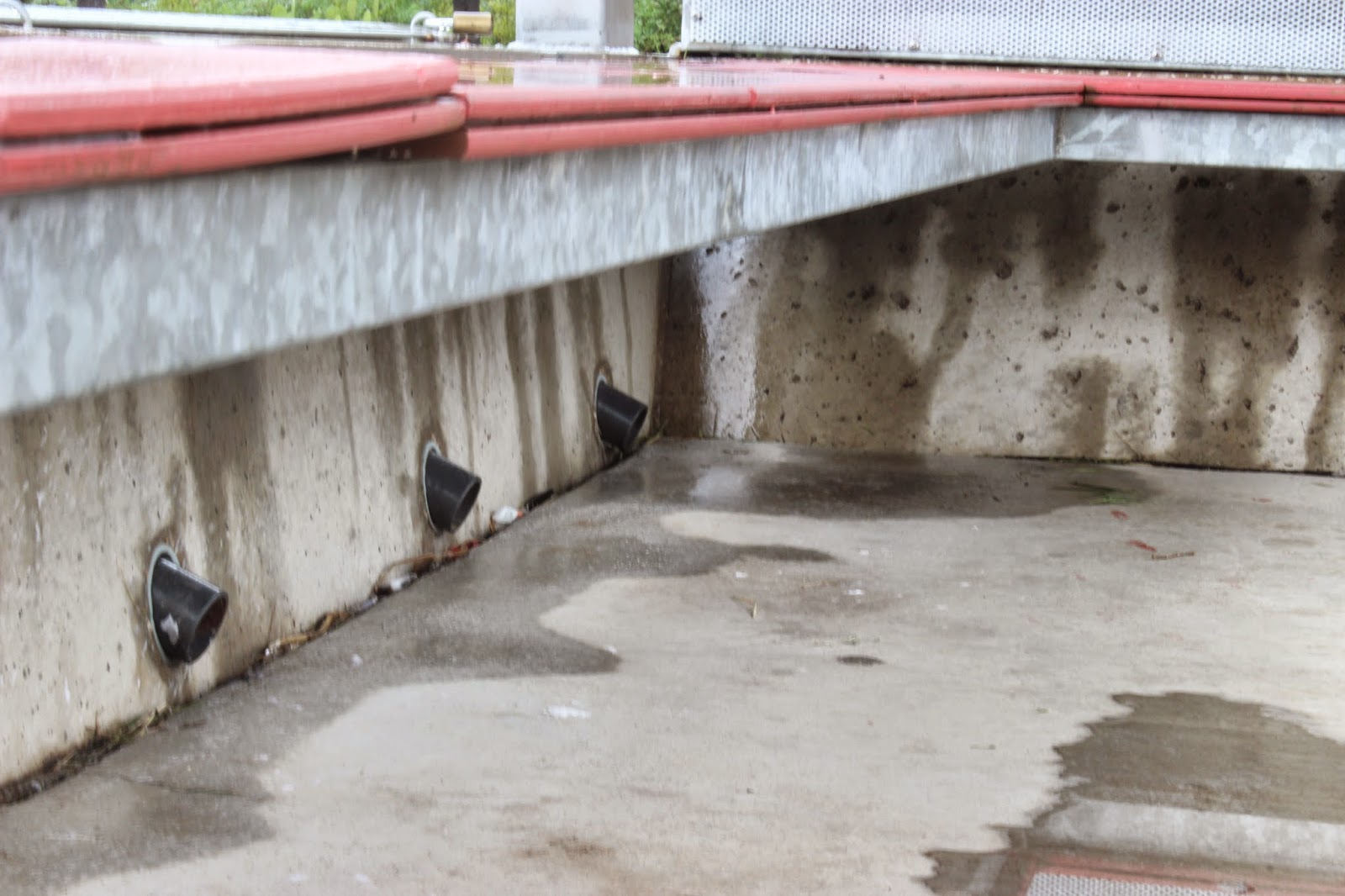Tuesday, December 16, 2014
Wednesday, December 10, 2014
Wednesday, December 3, 2014
Posters I like
In this poster I love the way it's centered and I love the colors.
I like the quote and I also like the picture and the way the text is on the blank space.
I love the way the font works with the picture.
Monday, December 1, 2014
Monday, November 24, 2014
Rules of composition part 2
Rule of thirds
Balancing elements
Leading lines
Patterns and symmetry
Viewpoint
Background
Create depth
Framing
Cropping
Mergers and avoiding them
Quick Write: What I am thankful for...
I am thankful for my friends and family that I get to spend Thanksgiving with. I am thankful that I get to dance in a company and here at Akins on Sapphires and now a Diamond rookie.
Tuesday, November 18, 2014
Friday, November 7, 2014
Wednesday, November 5, 2014
Rainy day quick write
My perfect rainy day would be home alone watching TV or reading a good book while eating ice-cream.
Monday, November 3, 2014
Publicity poster planning
For this project I'm using the sapphire JV drill team. Since I'm on the team I already have pictures of us I could use but I'd want to take a couple more. We practice after school on Tuesday usually with the Diamonds and on Wednesday just sapphires, we also have class 4th period. I'm not sure what I'd promote because I don't think we dance at anything for awhile but I'll find out. I'd like to use a picture I took at a football a few weeks ago and I team picture we took on 'tye dye tuesday'
Shooting in manual
Shutter speed-a time when the shutter is open and lets light in.
Aperture-a hole or opening, space in a camera where light can pass.
ISO-measurement of how sensitive a camera is to light.
Aperture-a hole or opening, space in a camera where light can pass.
ISO-measurement of how sensitive a camera is to light.
Halloween quick write
My halloween was fun, I went trick or treating with my little brother and then watched halloween movies and ate candy. :)
Saturday, November 1, 2014
Tuesday, October 28, 2014
Friday, October 24, 2014
Wednesday, October 22, 2014
Thursday, October 16, 2014
Tuesday, October 14, 2014
Lighting quiz
The best lighting to use if you want shadows or contrast is lighting from the front.
The best lighting to use for silhoutettes is back lighting.
Ambient lighting is when the light is already present.
Golden hour is a time around sunset.
The best lighting to use for silhoutettes is back lighting.
Ambient lighting is when the light is already present.
Golden hour is a time around sunset.
Thursday, October 9, 2014
Friday, October 3, 2014
Photography style Quick-Write
I don't think I really have a photography style. I take pictures of anything and everything. I'll take pictures of people at events, even people I don't know if they look cool, nature pictures, abstract things. Really whatever I can find.
Wednesday, October 1, 2014
Monday, September 29, 2014
Cat Quick-Write
Sunday, September 28, 2014
Dorothea Lange and Commentary Photography
Dorothea Lange's photos "Migrant Mother" showed the country the truth about the great depression using commentary photography, photography that focuses on integration of documentary and concepts of social change.
Photographing landfills, the sick or homeless and other problems that we face today to promote awareness is doing the same thing Dorothea Lange's did in the 1930s.
Thursday, September 25, 2014
Elements of Design and Art
Balance is the comfortable or pleasing arrangement of things in art. There are three different types of balance: symmetrical, asymmetrical, and radial. The human figure is symmetrically balanced; the same on the left and right side. The tree is asymmetrically balanced; its branches are not distributed equally on each side, but their total weight is balanced left and right. The sun is an example of radial balance; all its rays are equal in length from the center.
Contrast is created by using elements that conflict with one another. Often, contrast is created using complementary colors or extremely light and dark values. Contrast creates interest in a piece and often draws the eye to certain areas. It is used to make a painting look interesting.
Emphasis in the focal area of an artwork gives it importance. An artist may stress some elements of the design over others. The eye of the viewer will focus on the area of emphasis or center of interest first, then take in the rest of the composition.
Movement in an artwork means the artist is taking viewers on a trip through the work by means of lines, edges, shapes, and colors often leading to the focal area. Movement is a visual flow through the composition. It can be the suggestion of motion in a design as you move from object to object by way of placement and position. Directional movement can be created with a value pattern. It is with the placement of dark and light areas that you can move your attention through the format.
Patterns are made in art when the same shapes or elements are repeated again and again. Pattern uses the elements of art in planned or random repetitions to enhance surfaces of paintings or sculptures.
Rhythm is the repetition of shapes, lines, and forms. Rhythm is a movement in which some elements recurs regularly. Like a dance, it will have a flow of objects that will seem to be like the beat of music.
Unity means that all elements in an artwork are in harmony. Unity brings together a composition with similar units. For example, if your composition was using wavy lines and organic shapes you would stay with those types of lines and not put in even one geometric shape.
Lines are marks made by a pointed tool: brush, pencil, pen, etc. Lines can vary in width, direction, curvature, length, or color.
Shapes are formed wherever the ends of a continuous line meet. Geometric shapes such as circles, triangles or squares have perfect, uniform measurements and don't often appear in nature. Organic shapes are associated with things from the natural world, like plants and animals.
Color wheels show the primary colors, secondary colors, and the tertiary (intermediate) colors. They also show the relationships between complementary colors across from each other, such as blue and orange; and analogous (similar or related) colors next to each other such as yellow, green, and blue. Black and white may be thought of as colors but, in fact, they are not. White light is the presence of all color; black is the absence of reflected light and therefore the absence of color.
Value, or tone, refers to dark and light; the value scale refers to black and white with all gradations of gray in between. Value contrasts help us to see and understand a two-dimensional work of art.
Form describes objects that are three-dimensional, having length, width, and height.
Texture can be rough, bumpy, slick, scratchy, smooth, silky, soft, prickly--the list is endless. Texture refers to the surface quality, both simulated and actual, of artwork.
Space refers to distances or areas around, between, or within components of a piece. Space can be positive (white or light) or negative (black or dark), open or closed,shallow or deep, and two-dimensional or three-dimensional.
Subscribe to:
Comments (Atom)


















































